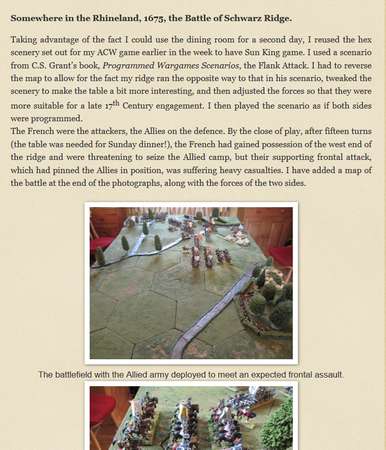
The Arte Militaire: The Application of 17th Century Military Manuals to Conflict Archaeology, by Warwick Louth
Military manuals have been used as a source through a range of historical studies, but only recently has their potential to Conflict Archaeology truly been recognized.
Military manuals allowed the progression of the Military Revolution from the informed amateur towards the scientific, mathematical choreography for massed troops at the height of the Military Revolution, and their use as a viable historical resource often taken at face value – negating their worth. Using correlated GIS, landscape archaeology, metal detecting, military knowledge and experimental archaeology, we might understand more fully the limitations and strengths drill books provide us.
Like a dance, military theory provides a certain number of ways individuals may progress through a landscape. Using examples taken from recent investigations at sites such as Edgehill, Lutzen and Lostwithiel, this paper shall examine to what extent individual drill can be identified in the archaeological record. This publication hopes to prove to what level and extent this can be applied to predictive modelling of artifact collections on battlefields – thus providing depth to the archaeological study of fields of conflict.
Like investigations on the Little Bighorn battlefield, through use of wear analysis of the material remains of conflict, we can effectively tell the nuances of individual drill, practice and movement of people across a landscape; their drill actively mirroring subtleties in our understanding of interpretation. Taking the works of such writers and artists as Bariffe, de Gheyn and Ward, the author attempts to actively break down how individual and group drill will leave material remains and the archaeological means these might be taken down, but equally, this work also attempts to investigate and breach the subject of whether such manuals can also be used to dictate the survivability of 17th Century fortifications – often within urban landscapes devoid of their civil war origins, as can be seen at Alton and Basing House.
Theoretical in its nature and utilizing and combining elements of research not previously collaborated, The Arte Militaire is unique in not merely showing how military manuals were used, but rather how they can still be seen within the historical landscape.

Paperback
248mm x 180mm
148 pages
Circa 50 black-and-white illustrations
Diagrams & maps
Available Now From Helion & Amazon!






